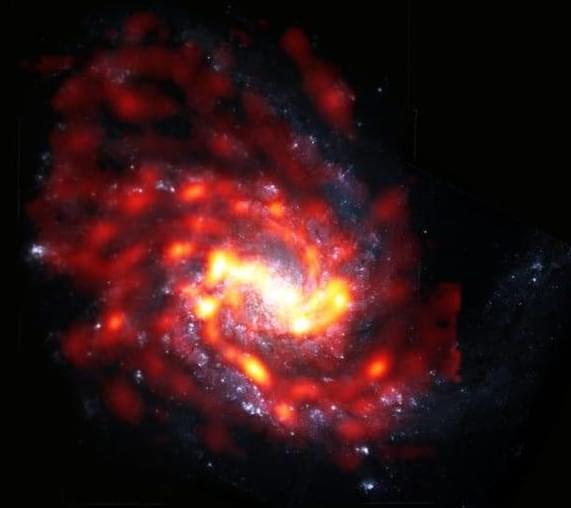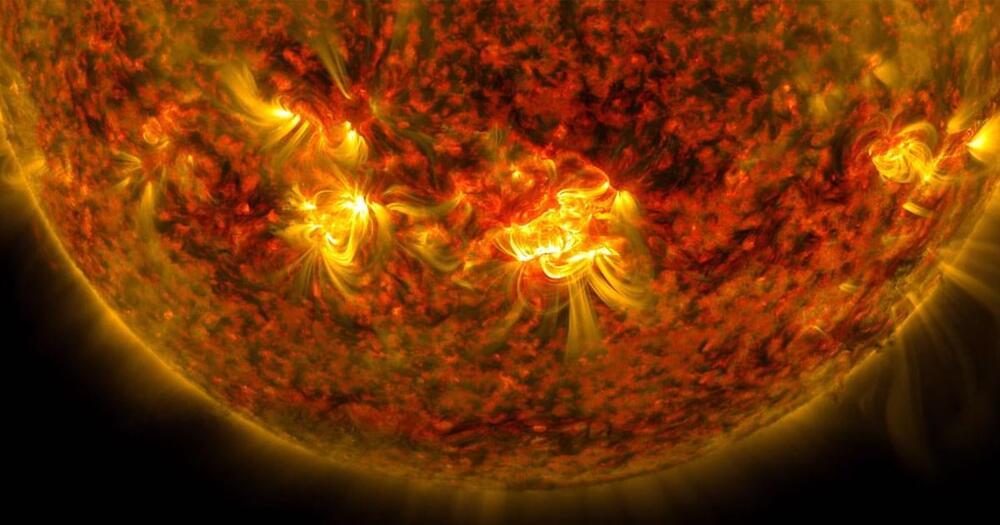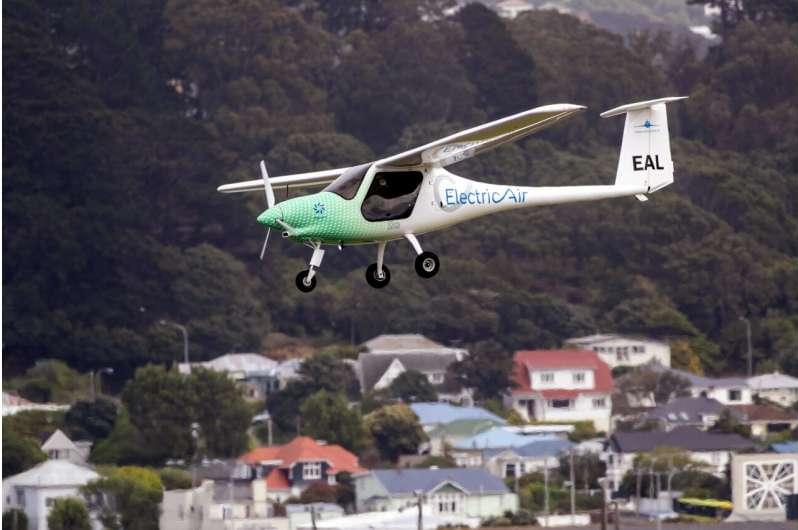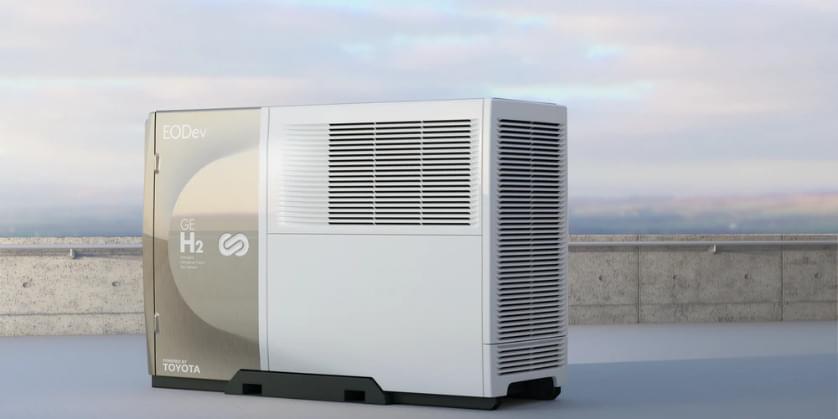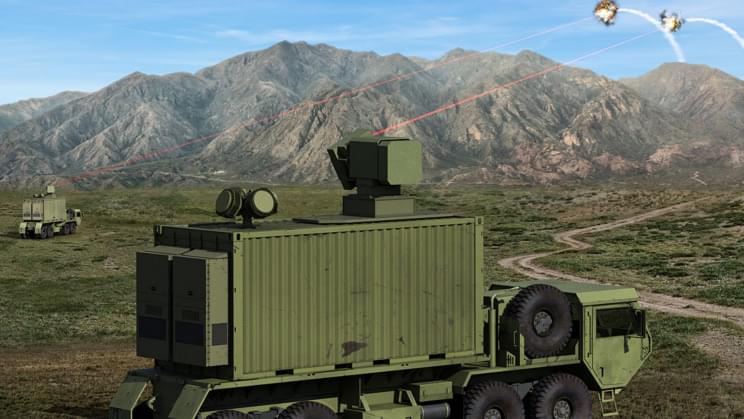A video on possible examples of how a government can try to manipulate is populace. It may be good to be more aware of its dangers.
Chinese citizens are being told to treat the USA and the Outside world as the Enemy, they’re being prepared for war whilst we tiptoe around worrying about hurting the feelings of the Chinese government… Time to wake up.
For a deeper dive into China’s Propaganda influence and soft power, watch our liveshow ADVPodcasts: https://www.youtube.com/advpodcasts.
Support Sasha and I on Patreon: http://www.patreon.com/serpentza.
Bitcoin — bc1qxfjp2t6x5dpslv59u0jl89m6k643hcn8h2jsvp.
Ethereum — 0x6Da150a2A8529110017Ed4db68B3dF0084900280
Paypal: https://paypal.me/serpentza.
DOCUMENTARY LINKS:
